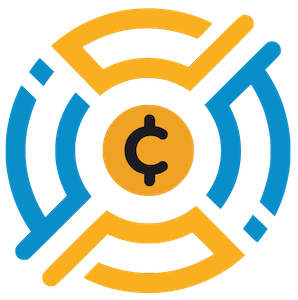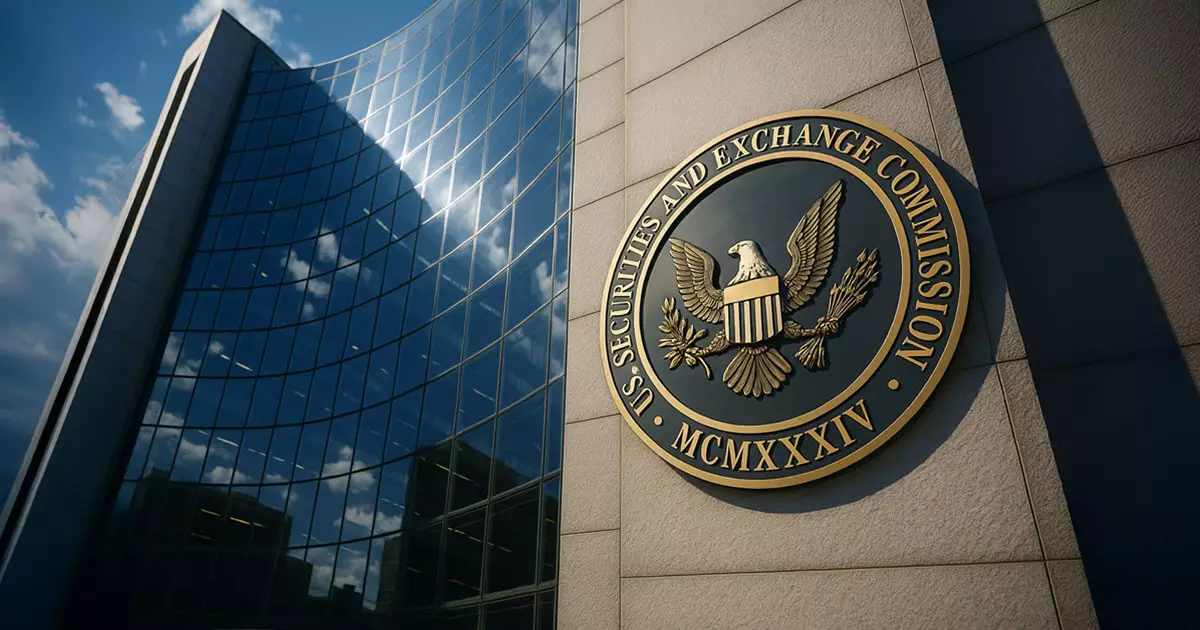The recent guidance from the U.S. Securities and Exchange Commission (SEC) marks a pivotal point in the conversation around digital assets. With its updated FAQ on May 15, the SEC has taken a notable step forward by clarifying how existing securities laws apply to broker-dealers and transfer agents within the realm of cryptocurrency. This incremental change, as highlighted by SEC Commissioner Hester Peirce, signals a broader trend towards more defined regulatory frameworks—a refreshing departure from the previously rigid and ambiguous stance that seemed to stymie innovation in a rapidly evolving financial landscape.
Currently, the digital asset market is at a crossroads. For too long, companies operating in this space have navigated a labyrinth of uncertainty due to vague regulatory expectations. The SEC’s updated guidance, albeit incremental, offers a clearer framework that may allow institutions to engage with digital assets with greater confidence. Although Peirce emphasized that it merely reiterates existing laws, the clarity it provides cannot be underestimated. Rather than being a straightforward reiteration, this guidance serves to illuminate the path forward for a more integrated future of finance.
The Chainlink Connection: Bridging Traditional and Digital Finance
Chainlink’s active involvement in shaping this guidance cannot be overlooked. Their meetings with the SEC’s Crypto Task Force have initiated discussions that bridge traditional finance with blockchain technology. By presenting workflows that illustrate the viability of incorporating smart contracts and middleware for compliance, Chainlink is not merely an observer in this ecosystem; it is a player with influence. The SEC’s acknowledgment of “unified golden records” and “smart contract-driven compliance checks” in their FAQs illustrates the impact of such dialogues on regulatory language.
This collaboration demonstrates a growing acceptance of public blockchains as legitimate tools for recordkeeping and compliance. The implications are profound: financial institutions, previously hesitant to embrace these technologies for fear of regulatory backlash, can now explore the potential of public blockchains with governmental approval. Chainlink’s technology may well become an essential linchpin that unites traditional finance with innovative blockchain solutions.
A Double-Edged Sword: Understanding Non-Security Risks
However, the SEC’s guidance also brings to light a crucial cautionary note. The distinction between security and non-security digital assets, as laid out in the updated FAQs, places broker-dealers in a precarious position. While assets like Bitcoin and Ethereum are now more clearly defined and permitted, the lack of protections under the Securities Investor Protection Act (SIPA) for non-security digital assets means customers face considerably heightened risks. This dichotomy necessitates that financial institutions exercise rigorous caution as they navigate this new environment.
It’s vital to address the misplaced enthusiasm surrounding digital assets. While the guidance fosters optimism for broader institutional investment, it simultaneously serves as a reminder that regulation must catch up with innovation to protect consumers effectively. Financial institutions must now grapple with the dual realities of innovation and risk management. They stand to gain from reduced operational costs in the transition to on-chain systems while remaining vigilant against the volatility and regulatory risks that accompany non-security digital assets.
The Path Ahead: Navigating the Regulatory Terrain
The SEC’s decision to embrace distributed ledger technology (DLT) is another monumental step toward legitimizing the use of blockchain in securities infrastructure. By permitting transfer agents to utilize public blockchains for their Master Securityholder Files, the SEC opens the door for significant operational efficiencies within the $132 trillion global fund-administration market. This move presents a win-win scenario—financial institutions can streamline their operations while also complying with regulatory mandates.
As firms adapt to these evolving frameworks, we’ll likely see a shift in how traditional institutions interact with blockchain-based solutions. The future of digital finance is poised to be shaped by entities like Chainlink, which are now recognized as vital players in ensuring that compliance and innovation coexist symbiotically. They are paving the way for a new era of tokenized finance that is pragmatic in its approach, leveraging the best aspects of both traditional and digital worlds.
The combination of regulatory clarity and collaboration with influential entities like Chainlink heralds an era of increased institutional engagement in digital assets. Yet, stakeholders must navigate this landscape carefully, acknowledging both the opportunities and the challenges that lie ahead. It’s time for financial institutions to redefine their approaches, embracing the digital revolution while ensuring robust frameworks are in place to mitigate risks effectively.

